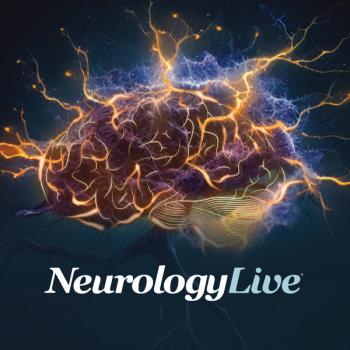
Apheresis Therapy Outperforms Intravenous Methylprednisolone in Long-Term Treatment of NMOSD Attacks
Intravenous methylprednisolone combined with plasma exchange/immunoadsorption achieved better and continuous improvement than IVMP alone

Intravenous methylprednisolone combined with plasma exchange/immunoadsorption achieved better and continuous improvement than IVMP alone
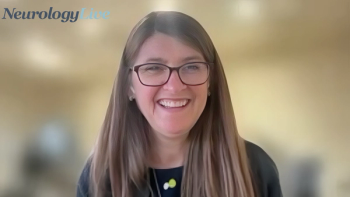
The pediatric epileptologist at Children's Hospital Colorado talked about a comprehensive review of various studies assessing fenfluramine in severe seizures associated with developmental and epileptic encephalopathies. [WATCH TIME: 5 minutes]
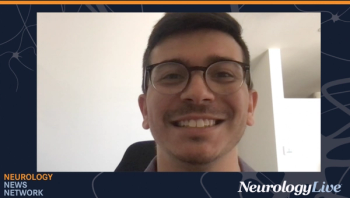
Neurology News Network. for the week ending July 20, 2024. [WATCH TIME: 4 minutes]
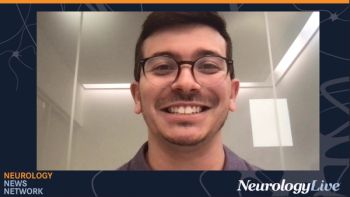
Neurology News Network. for the week ending July 13, 2024. [WATCH TIME: 4 minutes]

Test your neurology knowledge with NeurologyLive®'s weekly quiz series, featuring questions on a variety of clinical and historical neurology topics. This week's topic is on multiple system atrophy.
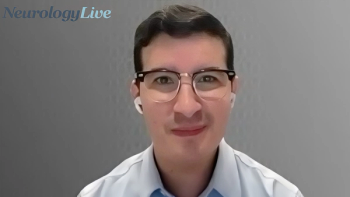
The behavioral neurologist at NYU Langone Health and chief medical officer at Isaac Health shared his reaction to the recent approval of donanemab for patients with Alzheimer disease. [WATCH TIME: 7 minutes]

Following the positive data, NeuroSense intends to submit 12-month results to the FDA for regulatory discussions on future path.

Take 5 minutes to catch up on NeurologyLive®'s highlights from the week ending July 12, 2024.

The therapeutic head for Clinical Development Neuroscience at Jazz Pharmaceuticals provided clinical insight on a new study evaluating the effect of switching from high- to low-sodium oxybate on blood pressure. [WATCH TIME: 4 minutes]

In a phase 2 trial, the agent met its primary end point of safety, with slowing of disease worsening in patients with mild AD.
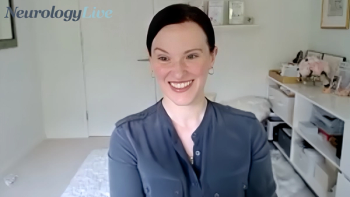
The director of the Weill Cornell Women’s Brain Initiative shared her clinical insights into how menopause affects women's brain health, emphasizing the importance of midlife prevention strategies for Alzheimer disease. [WATCH TIME: 10 minutes]

Mind Moments®, a podcast from NeurologyLive®, brings you an exclusive interview with Sameea Husain-Wilson, DO. [LISTEN TIME: 19 minutes]
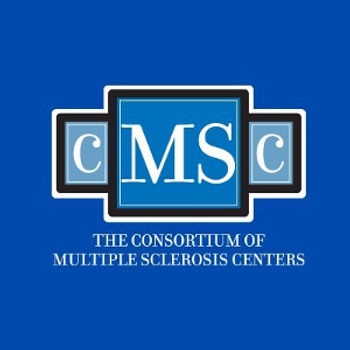
A summary of key components of the current MAGNIMS-CMSC-NAIMS consensus recommendations led by experts on the use of MRI in multiple sclerosis for busy clinicians.

Recruitment has begun for Part C of the study, with topline data from this part of the trial expected to report in Q2 2025.

In the final episode, Negroski gave closing thoughts on some of the major unmet needs in research regarding aging in MS, as well as some of the unanswered questions clinicians are still trying to figure out.

Donald Negroski, MD, gave an overview of a study that highlighted an accelerated biologic aging clock among patients with pediatric-onset MS.

As part of our monthly clinician spotlight, NeurologyLive® highlighted multiple sclerosis expert Marisa McGinley, DO, the staff neurologist at Cleveland Clinic’s Mellen Center for MS.

Patients with CIDP treated with riliprubart reported improved quality-of-life and fatigue measures, as well as reduced neurofilament light levels.
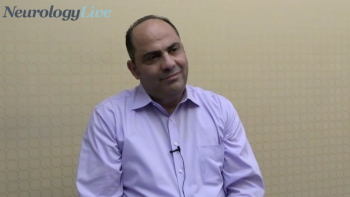
The associate professor of neurology at Georgetown University Medical Center talked about innovative treatments for dementia in movement disorders that target multiple mechanisms to effectively modify the disease. [WATCH TIME: 7 minutes]
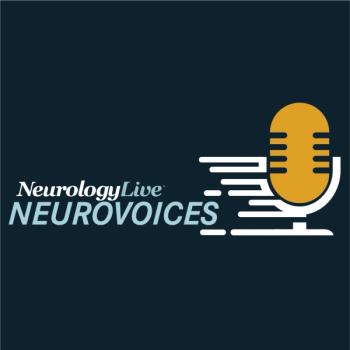
The executive director of the Association of Movement Disorder Advanced Practice Providers talked about a recent survey highlighting why patients with movement disorders may withhold critical health information from their providers.

The data, which comes less than a month after the FDA granted RMAT designation, highlighted the impacts of AMT-130 on disease progression in Huntington disease.

Mind Moments®, a podcast from NeurologyLive®, brings you an exclusive interview with Joel Salinas, MD, MBA. [LISTEN TIME: 10 minutes]

The neurologist and assistant professor at Boston University Medical Center provided clarity on recent findings on a validation study demonstrating the low accuracy of the Boston criteria v2.0 in patients who are asympomatic or only have cognitive symptoms. [WATCH TIME: 7 minutes]

Most treatment-emergent adverse events for patients on UB-312 were mild or moderate, and comparable to placebo.

Overall, treated patients showed improvements in multiple cardiac measures, including left ventricular ejection fraction, as well as indexed volumes.

Neal K. Shah, CEO of CareYaya Health Technologies, discussed the groundbreaking potential of AI-powered music therapy in revolutionizing dementia care, offering personalized interventions that can improve quality of life.

The chief executive officer and the chief scientific officer at CureDuchenne talked about a recent webinar that discussed the broad FDA approval of a gene therapy for Duchenne muscular dystrophy, highlighting patient choice and the ongoing efforts to improve treatments. [WATCH TIME: 9 minutes]
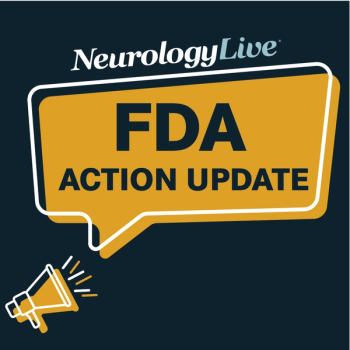
Catch up on any of the neurology news headlines you may have missed over the course of June 2024, compiled all into one place by the NeurologyLive® team.

The associate professor of neurology at Georgetown University Medical Center talked about the potential of tyrosine kinase inhibitors in treating neurodegenerative diseases. [WATCH TIME: 7 minutes]

Here's some of what is coming soon to NeurologyLive® this week.